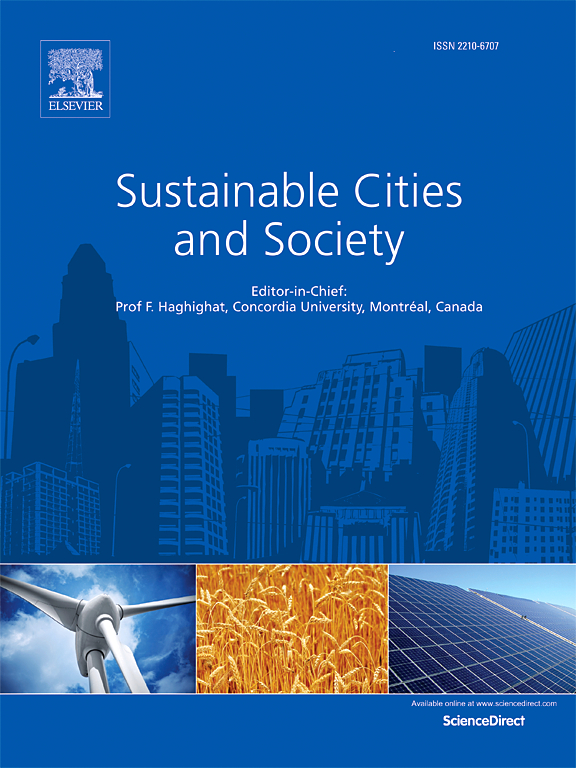Multi-source data fusion-driven urban building energy modeling
IF 10.5
1区 工程技术
Q1 CONSTRUCTION & BUILDING TECHNOLOGY
引用次数: 0
Abstract
The energy efficiency of buildings is important for creating sustainable cities. In this context, urban building energy modeling (UBEM) is essential for comprehending and predicting building energy consumption and the patterns from a city-wide perspective. This study proposes a multi-source data-fusion-driven UBEM and its real-world applications in Seoul, South Korea. Unlike existing models that utilize energy data as input variables, models based solely on building features play a crucial role in various projects in which energy consumption data is unavailable, such as new building projects, retrofitting projects, and new city developments. In this modeling scenario, data fusion using multi-source data is crucial for developing highly accurate and robust models because of the limited availability of input features. In this study, the utilization of multi-source open data, along with simulated data such as shading factor, enables the fusion of these datasets to derive building features. These features are subsequently utilized to train the prediction model, leading to accurate and robust modeling outcomes. Thus, five case studies were conducted for 47,391 buildings, located in Seoul, South Korea, to demonstrate how and how much data fusion-driven features enhance the performance of UBEM. Discussions in each case provide insights into feature selection and effective utilization tailored to each modeling context. Finally, the developed model was tested in two additional regions, and it was observed that adding features to the model training improved the model performance in both regions. These findings emphasize the importance of data fusion for robust UBEM in the context of sustainable cities.
求助全文
约1分钟内获得全文
求助全文
来源期刊

Sustainable Cities and Society
Social Sciences-Geography, Planning and Development
CiteScore
22.00
自引率
13.70%
发文量
810
审稿时长
27 days
期刊介绍:
Sustainable Cities and Society (SCS) is an international journal that focuses on fundamental and applied research to promote environmentally sustainable and socially resilient cities. The journal welcomes cross-cutting, multi-disciplinary research in various areas, including:
1. Smart cities and resilient environments;
2. Alternative/clean energy sources, energy distribution, distributed energy generation, and energy demand reduction/management;
3. Monitoring and improving air quality in built environment and cities (e.g., healthy built environment and air quality management);
4. Energy efficient, low/zero carbon, and green buildings/communities;
5. Climate change mitigation and adaptation in urban environments;
6. Green infrastructure and BMPs;
7. Environmental Footprint accounting and management;
8. Urban agriculture and forestry;
9. ICT, smart grid and intelligent infrastructure;
10. Urban design/planning, regulations, legislation, certification, economics, and policy;
11. Social aspects, impacts and resiliency of cities;
12. Behavior monitoring, analysis and change within urban communities;
13. Health monitoring and improvement;
14. Nexus issues related to sustainable cities and societies;
15. Smart city governance;
16. Decision Support Systems for trade-off and uncertainty analysis for improved management of cities and society;
17. Big data, machine learning, and artificial intelligence applications and case studies;
18. Critical infrastructure protection, including security, privacy, forensics, and reliability issues of cyber-physical systems.
19. Water footprint reduction and urban water distribution, harvesting, treatment, reuse and management;
20. Waste reduction and recycling;
21. Wastewater collection, treatment and recycling;
22. Smart, clean and healthy transportation systems and infrastructure;
 求助内容:
求助内容: 应助结果提醒方式:
应助结果提醒方式:


